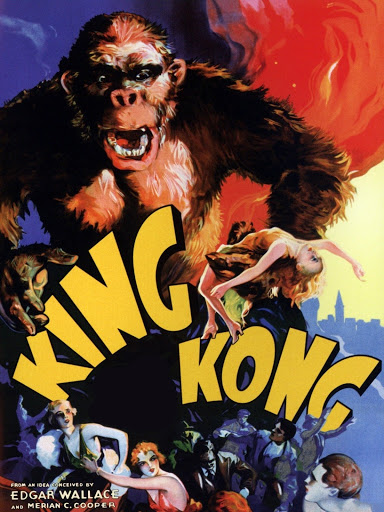
In Hollywood, the Jungle is a setting which has often been used to connote danger and intrigue, a setting used to generate tension. For American audiences, the jungle is a place which is foreign, isolated from civilization, and wild.
The history of the jungle in cinema is a long one, with white audiences having gained exposure to the setting via 19th-century exploration and imperialism, especially as those subjects were portrayed in novels. As early as 1918 in Tarzan of the Apes, an adaptation of a novel by Edgar Rice Burrows, literary fascination with the jungle translated to film, and the “jungle movie” was born. Over the next century, the jungle would be used in a variety of different films, some which delighted audiences, others…not so much. Regardless, the jungle has remained a relevant, popular setting in film from its first appearance one hundred years ago to the present day. Though the essence of the jungle as an ecosystem has remained relatively constant (despite severe climate change threats), its cinematic treatment has changed considerably.
In the 1930s, as film began to evolve from short, silent moving pictures into something with which we are more familiar today, a number of jungle movies enjoyed great popularity.
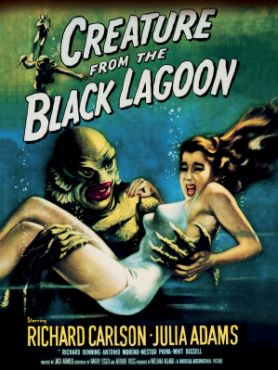

In the 1950s, jungles continued to be used in horror settings. Creature From the Black Lagoon (1954), used many of the same tropes as King Kong to make a monster movie that audiences wouldn’t forget. Photo credit: Creature from the Black Lagoon. Rotten Tomatoes. 28 June 2021, https://www.rottentomatoes.com/m/1004906-creature_from_the_black_lagoon
Between the 1910s and 1970s, Hollywood produced a huge number of Tarzan films, which took up a big portion of the ‘adventure’ side of the jungle movie genre. Still, other light-hearted jungle movies were produced at this time, notably Disney’s The Jungle Book in 1967. Photo credit: Bomba The Jungle Boy. Rotten Tomatoes. 28 June 2021, https://www.rottentomatoes.com/m/bomba_the_jungle_boy
Such ‘light-hearted’ films were more common in the late 50s and 60s, with most of the jungle movies of those decades being Tarzan or Tarzan-esque creations.
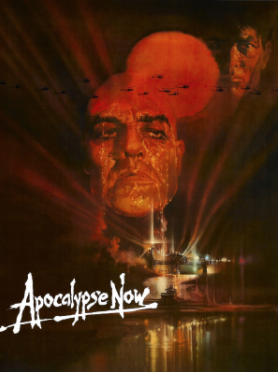
In the 70s, the horror aspect of the genre returned to some degree with Apocalypse Now (1979), a Vietnam War movie which plays the madness of the wilderness against the madness of war, and mankind.
Throughout the 80s and 90s, the jungle was used time and time again as a backdrop for horror and adventure movies.
Raiders of the Lost Ark (1981), Predator (1987), and Jurassic Park (1993) are all examples of films which use the jungle to convey excitement and/or danger to an audience.
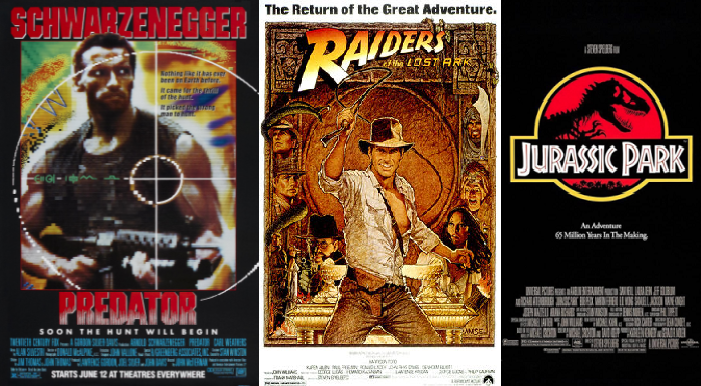
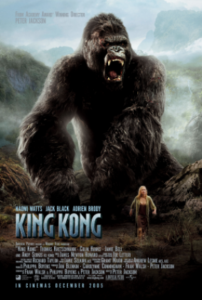
Since the turn of the 21st century, jungles have continued to be used in action/horror blockbusters, despite some critical complaints of over-reliance on outdated stereotypes. This was particularly noticeable in Peter Jackson’s 2005 King Kong, which was criticized for its portrayal of the ‘natives’ of Skull Island. Photo credit: King Kong. IMDB.com. 28 June 2021, https://www.imdb.com/title/tt0360717/
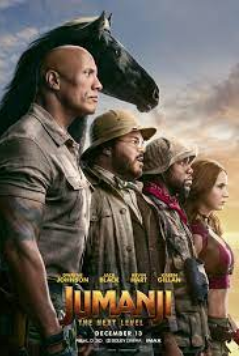
Today, the jungle remains a setting which conveys isolation, and all the danger that may accompany it. Characters that live in the jungle are often either nature-wise and wary, or pagan natives that will either see white people as gods, or special sacrifices. While the real-life jungle shrinks, it’s cinematic presence will remain in the public sphere for years to come, warts and all. Photo credit: Jumanji. IMDb.com. 28 June 2021, https://www.imdb.com/title/tt7975244/.
Guest blogger Sarah Bull just started in Media Services during Summer 2021. This is her first post for the department.
Leave a Reply